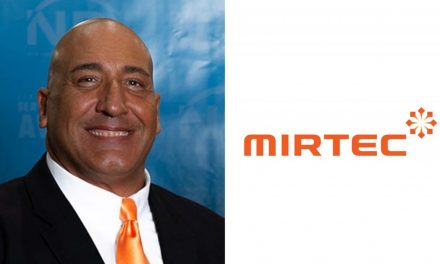How is Coronavirus Impacting the Passives Market?
From Electronic Manufacturing Solutions (EMS) blog
This is the second in a series of articles where we look at the passives market and the impact end-of-line policies for lower and higher capacitance values and case sizes could have on electronics manufacturing.
Unfortunately, Q2 of 2020 is looking even more uncertain, with the coronavirus pandemic affecting supply chains and lead times significantly for a variety of parts in the passives market including tantalums, resistors, electrolytic caps and inductors.
Around the world, many factories — such as those in the Philippines and Malaysia — have seen closures due to force majeure clauses. In China, in particular, customers’ and distributors’ excess stock is also drying up, with inaccurate forecasting driving some of these shortages.
Although China is now starting to get back to work, many other countries are still in lockdown. As such, it will be difficult to predict how this is going to affect the supply chain moving forward
To date, the EMEA has not seen the full extent of these shortages, although this could change over the coming months…
The current EMEA MLCC supply landscape
The Chinese market has been in shutdown mode for 18 months — but once it wakes up again, this will have an immediate bearing on worldwide availability, including EMEA.
Coronavirus has also had a severe impact on manufacturers’ capacity globally — meaning that when the economy eventually recovers from the pandemic, supply and demand will be unbalanced.
As a result, the current availability across EMEA could give a false sense of security and chances are the market will be unsettled for quite some time depending on the case sizes, capacitance, grades (application) and manufacturers. EMEA customers buying via the Asian channel, in particular, may experience sourcing challenges.
For example, the EMEA customer base is still largely dependent on the standard or larger case sizes for multilayer chip capacitors (MLCCs). However, this usage predominantly falls into the zone where the Japanese suppliers are not focusing which, in turn, creates a shortfall in supply.
In fact, many of the larger case sizes (0402 and above) are seeing no promotion at all by Japanese suppliers like Yageo and Samsung.
Instead, suppliers such as Murata and Samsung are focusing on smaller case sizes as part of their strategy to support the mobile phone, computer and tablet market.
Long-term strategies
As stock quantities slowly migrate to smaller cases sizes, distributors must start adapting to new purchasing strategies and encourage customers to downsize.
For some companies, adapting purchasing strategies may mean opening up approved vendor lists, which will ensure they are less exposed to peaks and troughs in supply by certain manufacturers.
Bonded inventory and long windows of a product allocation at a competitive price will also ensure future continuity of supply. Long-term commitments will, therefore, be crucial to avoid line downs and supply chain challenges for future projects. This approach will help to ensure availability and competitive pricing in the long term.
High-volume applications will also remain a key focus for the top two manufacturers (Murata and Samsung), and this is where investments should be made.
Looking ahead
At EMS, we always stay up to date with the latest developments from the electronics manufacturing world — so we can better inform our customers about how these changes will impact their projects and offer advice for the best solutions moving forward.











